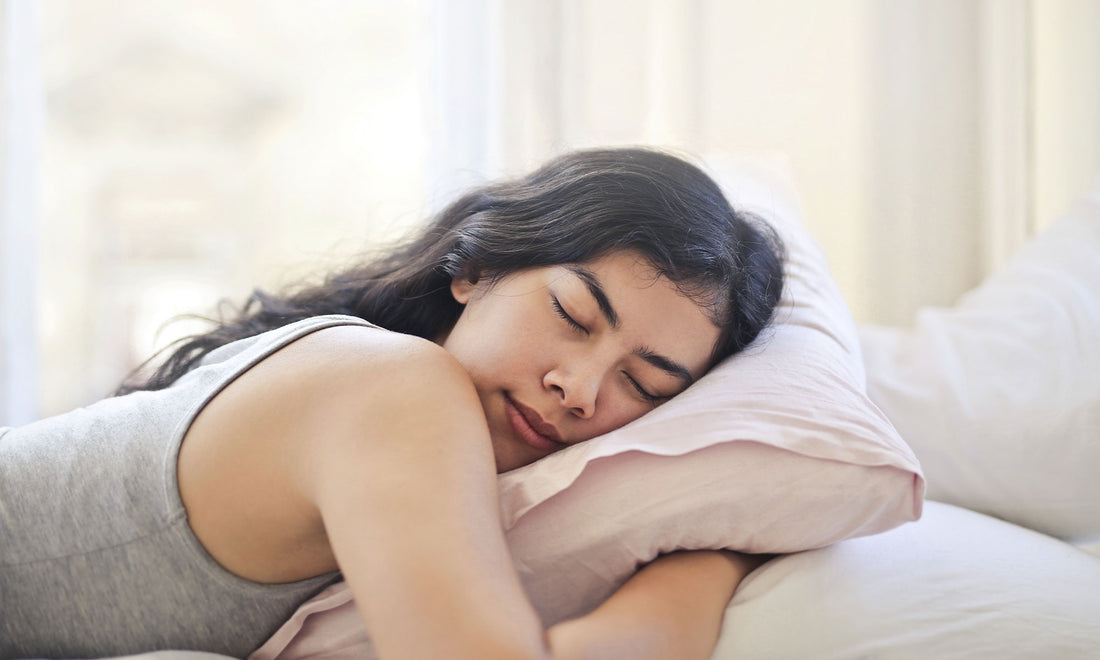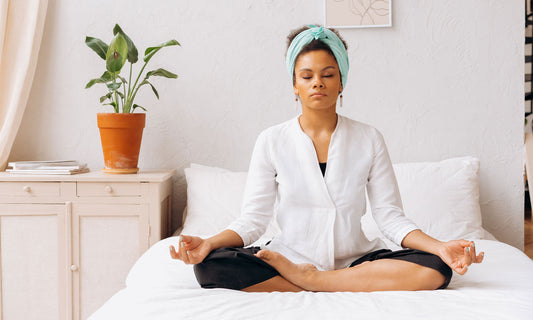A good night’s sleep is a must for good health. Your body’s posture while you sleep plays a major role in your sleep quality and there are a variety of different sleep positions you can try; each one can have a different effect on your body.
In this blog, we round up the most popular sleep positions and what they mean for your health.
Fetal position
The fetal position is when you sleep curled inward with bent knees, almost in a ball. Quite popular, this position is said to have many benefits, such as reducing snoring and easing anxiety while also relieving back pain. The fetal position is also a comfortable pick for those who are pregnant. However, it can leave you feeling stiff the next morning and if your posture is tight, it could limit your deep breathing while you are asleep.
On your side
This position is great for you and can be beneficial for your body, enhancing the quality of your sleep. If you sleep on your left side, it can improve your digestion, increase circulation and may even reduce heartburn.
It’s important to note that by sleeping on only one side you might be putting a little too much pressure on your stomach and lungs and may suffer from pins and needles throughout the night and stiffness in your shoulders and jaw in the morning.
However, it’s common for most people to switch sides while they are sleeping, which helps to prevent these issues. Additionally, placing a pillow between your legs provides support to your hips.
Flat on your back
Sleeping flat on your back - without any support from your pillows - is a very effective way to improve your sleep. Lying flat is great for your spine and lets your mattress fully support you. However, if you suffer from sleep apnoea or snore, this position may not be for you.
Since you’re lying flat, your airways won’t be fully open which essentially is what causes you to snore. Lying flat may also cause pain in your neck, to prevent this you may want to slightly elevate your head with an adjustable bed or pillow.
Zero Gravity
If you’re looking for the perfect sleep position, then the sleep position that was designed by NASA could be it.
The zero gravity position allows you to experience weightlessness and was designed to support astronauts when sending them up to space. If it’s supportive at speeds of 5 miles per second, imagine what it can do for you while you’re asleep.
The position involves elevating your head and feet above your stomach - you can achieve this with an adjustable bed or pillows.
Sleeping in zero gravity can reduce back and neck pain, stiffness, heartburn and acid reflux, snoring and sleep apnoea, while also improving circulation, digestion and even help with some of the symptoms of swelling and overall discomfort.
What’s your favourite sleep position? And are you going to try something new now that you know the benefits of each posture?
Try out our adjustable beds at a retailer near you.
Find out how Hugel could help you with your bed needs.
Contact us, or speak to our experts advisors on 0333 222 1804




